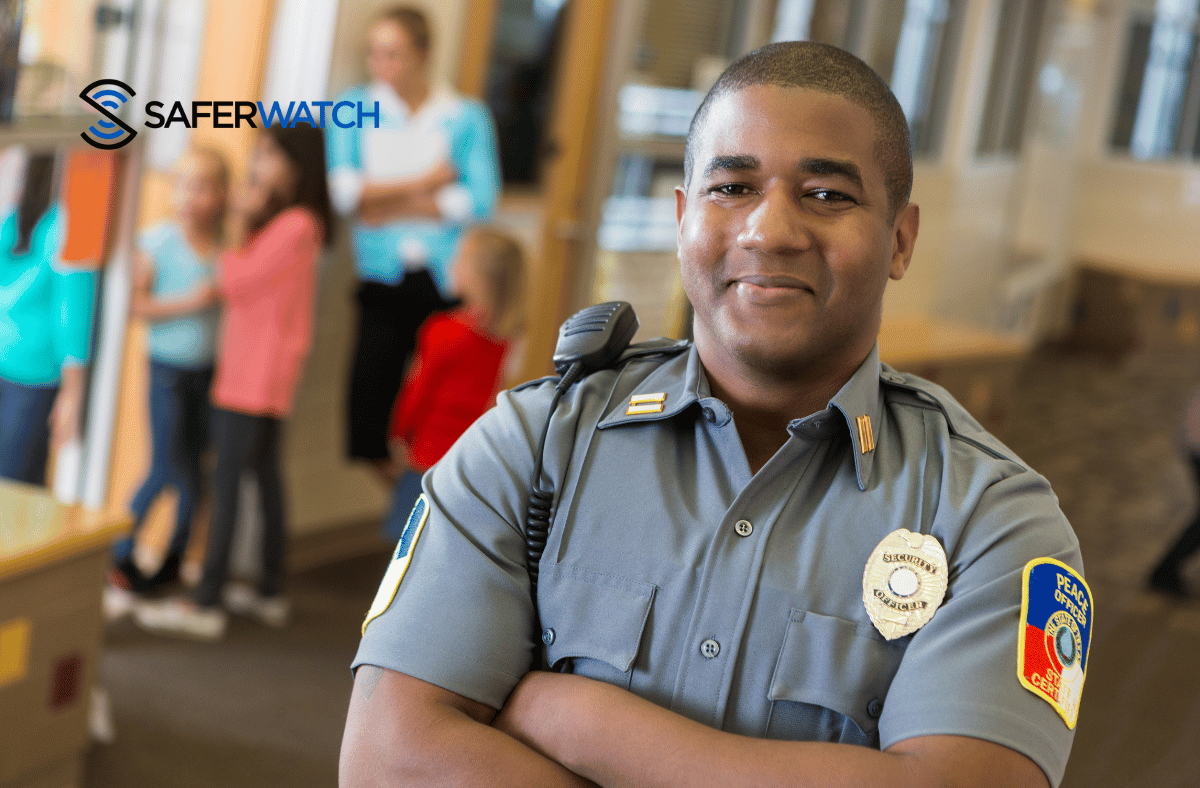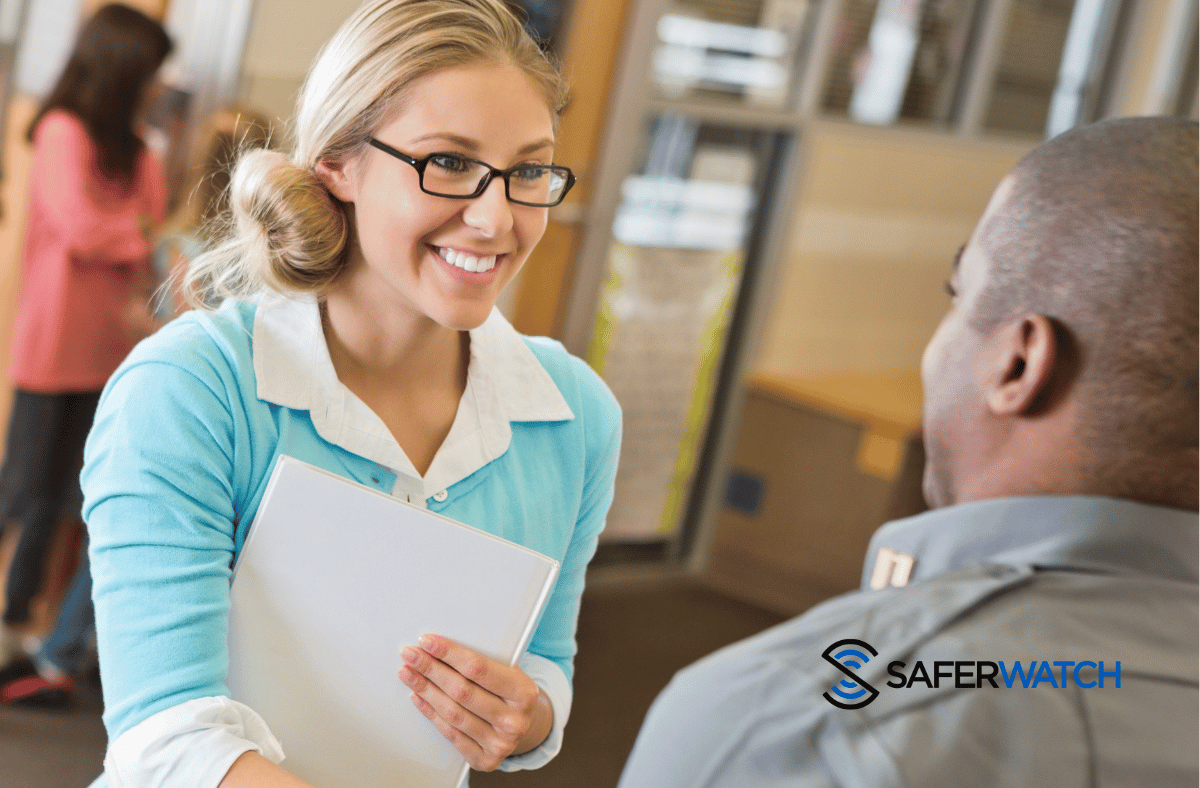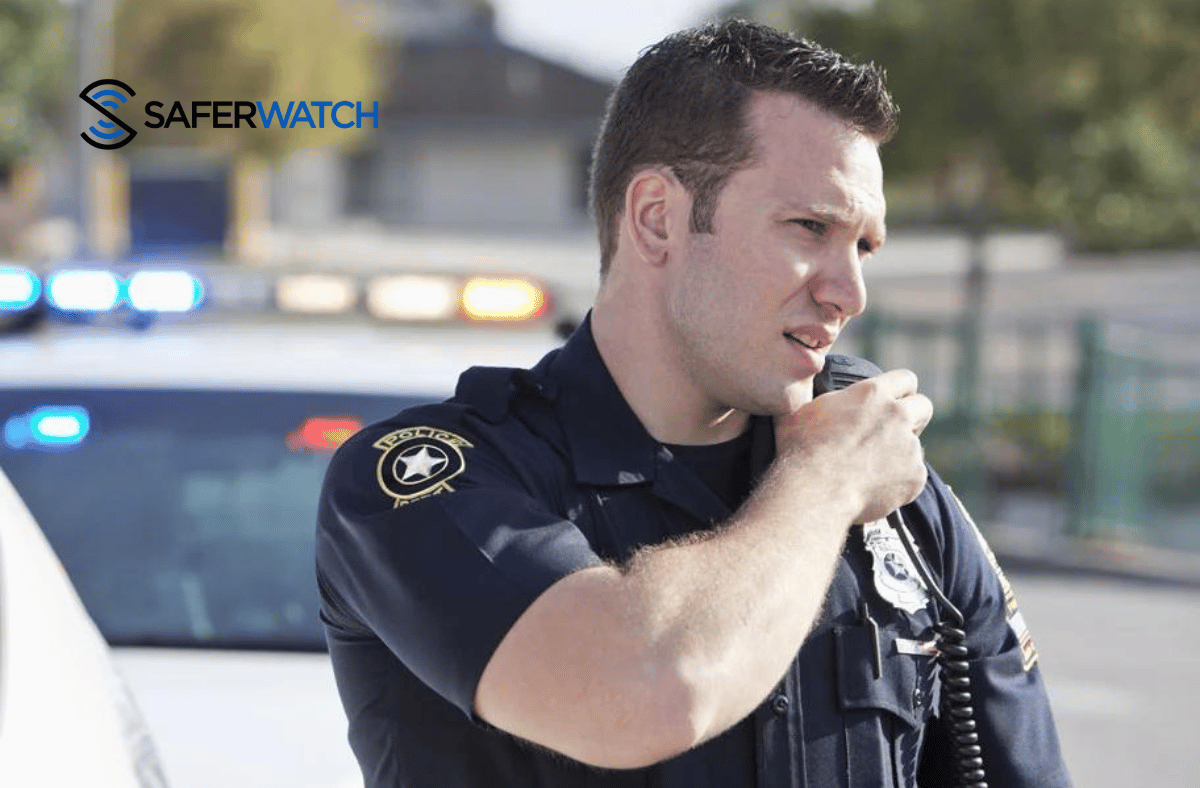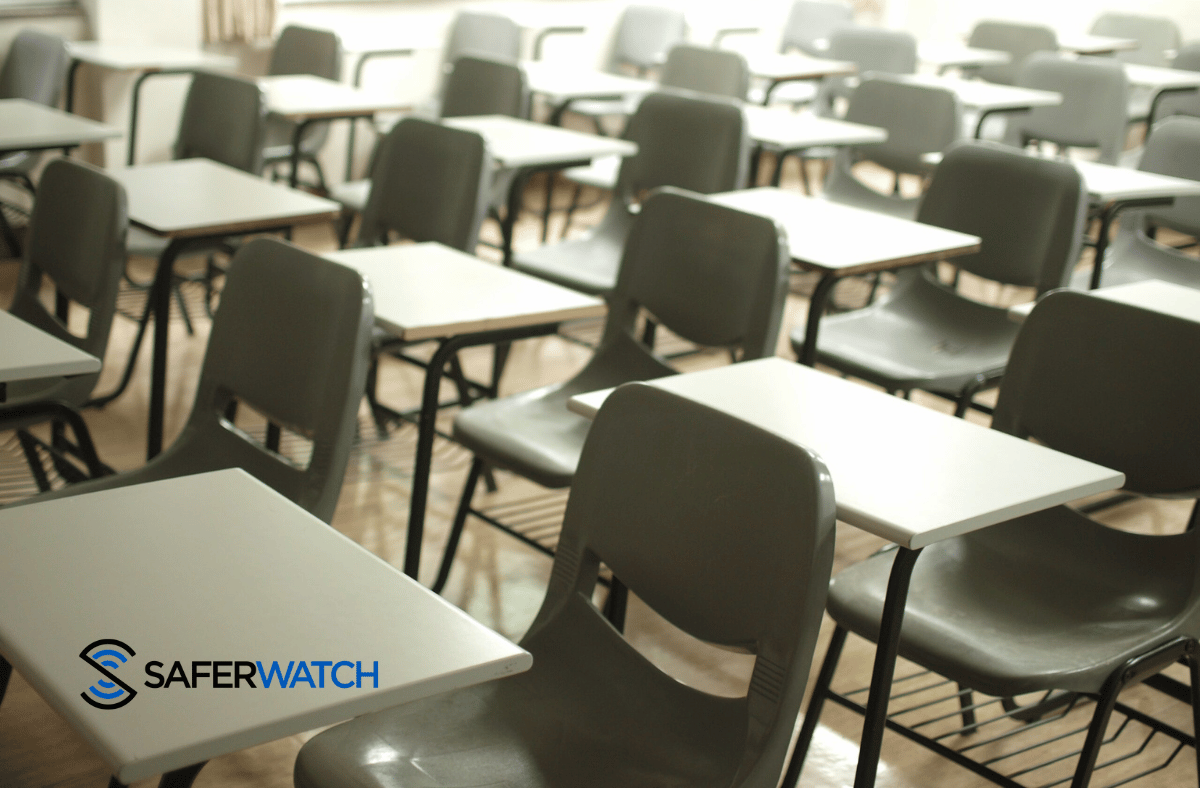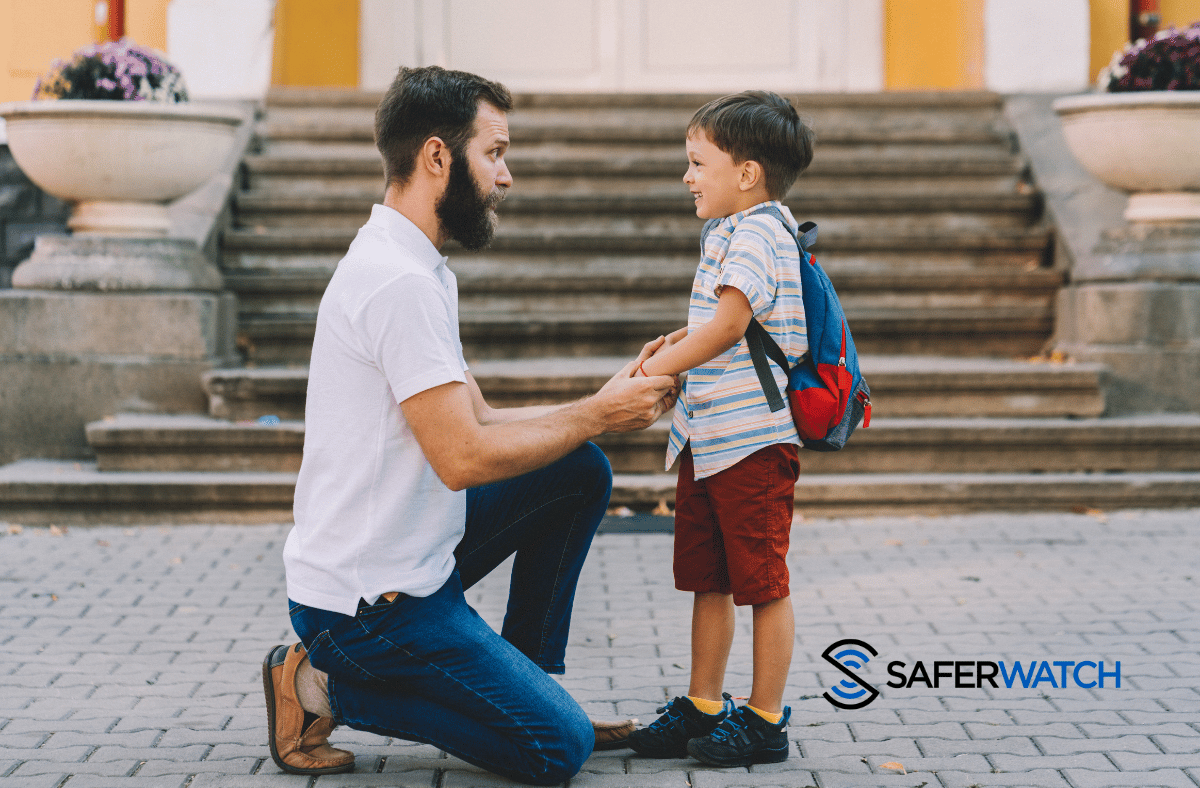Soft Lockdown vs Hard Lockdown: Understanding the Emergency Readiness Procedure
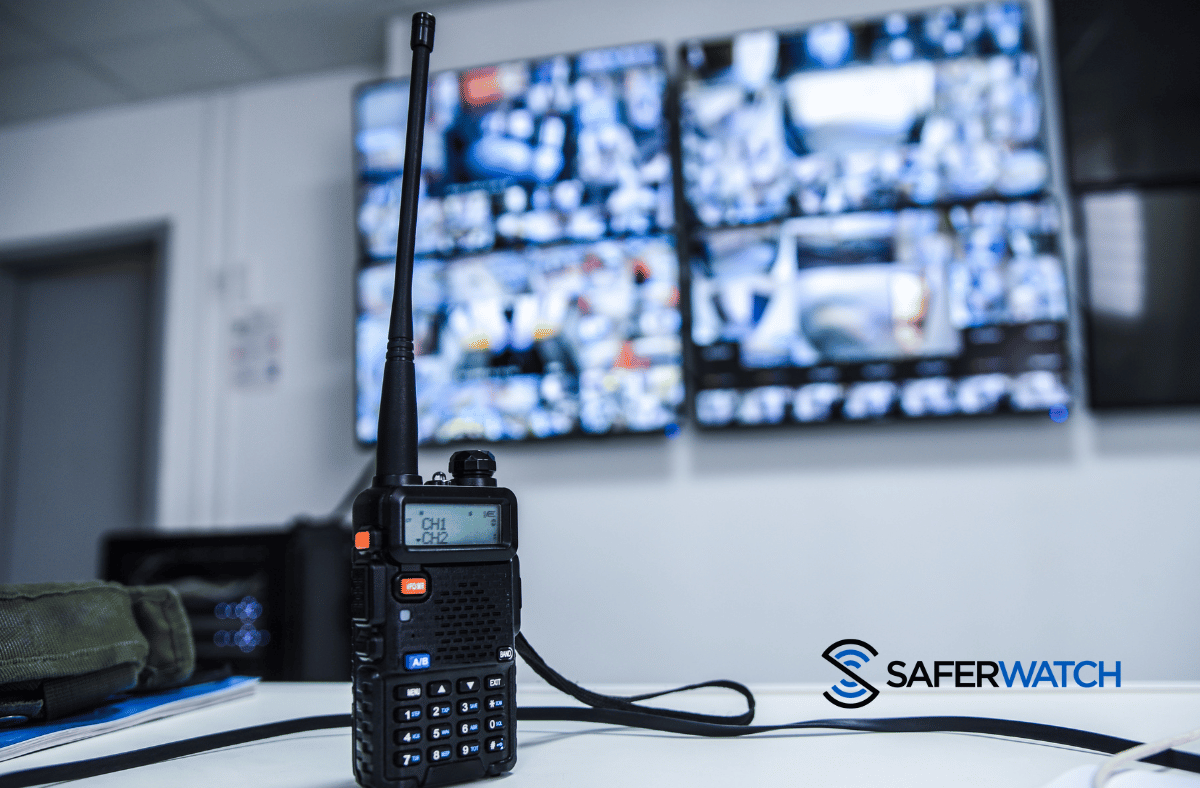
Soft Lockdown vs Hard Lockdown: Understanding the Emergency Readiness Procedure
In today’s world, the safety of students and staff at schools is of utmost importance. Understanding and implementing appropriate emergency readiness procedures can make all the difference in ensuring a safe and secure environment. Have you ever wondered, “what is a soft lockdown?” and how it differs from a hard lockdown? Knowing the distinction between these two types of lockdowns can be crucial in times of crisis.
In this blog post, we will explore the concept of soft lockdowns, how they differ from hard lockdowns, and the various aspects of implementing and managing such emergency procedures. By the end of this post, you will have gained valuable knowledge on this vital topic and be better prepared to handle potential emergencies at your school or workplace.
Additionally, consider an emergency notification system for schools which can make a big difference to overall school safety.
Quick Summary
- Soft lockdown is an emergency readiness procedure that involves limiting movement within the school while still permitting external access.
- Hard lockdowns are characterized by individuals taking necessary measures and awaiting first responders, requiring silence to aid them in recognizing potential risks.
- Regular drills should be conducted to ensure students and staff are adequately prepared for a soft lockdown situation.
Defining Soft Lockdown
A soft lockdown is an emergency readiness procedure that involves limiting movement within the school while still permitting some limited movement and restricting external access. This type of lockdown is associated with administrative teams, building response teams, and school safety agents. Rave’s critical communications tools are designed to provide a reliable and efficient means of responding to a crisis and disseminating essential information to those affected by a lockdown, including the building response team.
It is important to note that lockdowns can potentially lead to anxiety, stress, and trauma-like symptoms in both students and staff. Therefore, it is crucial for school leaders to understand and implement the appropriate emergency readiness procedures during a soft lockdown to minimize these negative effects and ensure the safety of all individuals within the school premises.
Soft Lockdown Characteristics
During a soft lockdown, movement within the school is allowed, but exiting the premises is not permitted for students and teachers. School leaders play a crucial role in implementing and managing the lockdown procedures. The primary intent of a soft lockdown is to avert potential damage that may be inflicted upon the student body or anyone present in the school during emergencies.
Some of the characteristics of a soft lockdown include locking exterior doors, limiting access, and possibly impacting certain classes. The fire alarm system should be monitored for any potential threats during a soft lockdown. This type of lockdown allows for a heightened level of security while still enabling the school to function and maintain a sense of normalcy, with classroom doors remaining accessible to students and staff. To further enhance security, it is essential to lock classroom doors when not in use.
Hard Lockdown Characteristics
In contrast, a hard lockdown entails individuals taking requisite lockdown measures and waiting for the arrival of first responders. In certain cases, individuals may need to flee the building to remain safe or conceal themselves behind a locked door and remain quiet. Parents should be aware of their child’s school lockdown procedures to ensure their safety during such situations.
Maintaining silence during a hard lockdown is of great importance as it facilitates the ability of first responders to swiftly recognize and tackle any potential risks during school lockdowns. First responders are responsible for assessing the situation and providing assistance to individuals in need. They may also furnish guidance on how to safely exit the building or render medical assistance if necessary.
District officials play a crucial role in coordinating with first responders during a lockdown.
What Are The Key Differences Between Soft Lockdowns vs Hard Lockdowns
A soft lockdown is classified as a non-imminent threat and permits limited movement within the school, whereas a hard lockdown is classified as an imminent threat and necessitates students and staff to remain in locked classrooms with no movement allowed. A hard lockdown is implemented when an identified imminent danger is present.
The key distinctions between soft and hard lockdowns are as follows: Soft lockdown entails locking exterior doors and limiting access, whereas hard lockdown involves more stringent measures such as locking all doors and fortifying classrooms. Soft lockdown is applied when there is no imminent danger, whereas hard lockdown is activated when there is a direct threat or imminent danger.
Understanding these differences is essential for school leaders and staff to make informed decisions during emergencies and ensure the safety of everyone involved.
Implementing Soft Lockdown Procedures
Implementing a soft lockdown requires clear procedures and guidelines to ensure effective communication and decision-making during a crisis. Some common steps for implementing a soft lockdown may include securing all doors and windows immediately, escorting any students or individuals in the hallways to secure areas, positioning room occupants out of the line of sight of corridors, and establishing a command post for administrative teams and safety personnel to gather and coordinate further appropriate lockdown action.
It is important for school leaders to establish and communicate these procedures to staff members and students, as well as provide training and resources to ensure preparedness in the event of a soft lockdown. This includes conducting regular drills, collaborating with law enforcement, and being prepared to make quick decisions based on the assessment of potential threats and situational awareness.
Assessment Questions
Assessment questions are a crucial component of the decision-making process during a soft lockdown. These questions help determine the need for a soft or hard lockdown and guide the actions of school leaders and staff members in ensuring the safety of students and personnel.
For example, if one is not near a classroom during a soft lockdown, they should locate a safe area to remain quiet in until the lockdown is lifted. If outside for physical education during a soft lockdown, it is advisable to find a secure location and remain silent until the lockdown has been lifted.
It is possible that identification will be required to gain access to the school during a soft lockdown, such as a school ID, driver’s license, or other form of identification.
Communicating the Lockdown
Effective communication is crucial to prevent panic and confusion during a soft lockdown. When a soft lockdown is initiated, the communication process typically involves notifying the relevant personnel, apprising staff and students, keeping silent and remaining out of sight, and waiting for additional instructions.
The SaferWatch panic button app serves to aid in the implementation of a soft or hard lockdown. In the event of an imminent threat, those with access to the app (including students and teachers) can quickly alert designated personnel of an emergency with just two taps on the screen. Utilizing technology and having a clear communication plan in place ensures that all individuals are aware of the situation and can take appropriate action during a soft lockdown.
SaferWatch can provide services for schools in states that require Alyssa’s Law compliance.
Situations Requiring a Soft Lockdown
Soft lockdowns are initiated in response to potential threats or incidents in the surrounding area, requiring the cooperation of school safety agents and law enforcement. A soft lockdown may be mandated in occurrences such as campus emergencies, potential risks to school safety, uninvited visitors, or active shooter scenarios.
The primary goal of a soft lockdown is to heighten security measures within the school while still allowing for some degree of normalcy in the daily operations and activities. This enables the school to continue functioning and minimize disruptions while ensuring the safety of students and staff.
Role of School Safety Agents
School safety agents play a vital role in assessing and managing potential threats during a soft lockdown. They are instructed to assemble at the designated command post to receive additional instructions and assist in implementing the General Response Protocol, which may involve evacuations or sheltering in place.
Collaborating diligently with school administrators, law enforcement personnel, and other staff members, school safety agents ensure a secure and orderly environment during a soft lockdown. Their expertise and presence are essential in evaluating and controlling potential risks and maintaining a sense of security within the school.
Collaboration with Law Enforcement
Collaboration with law enforcement is essential during a soft lockdown to ensure effective communication and decision-making. Law enforcement works in conjunction with school safety agents to guarantee efficient communication and decision-making during a soft lockdown. They also provide valuable insights and instruction to schools on emergency preparedness and response, helping to enhance the overall safety and security of the school community.
Examples of collaboration with law enforcement in a soft lockdown include law enforcement personnel providing guidance and support in executing security measures, synchronizing efforts and communication between school administrators, teachers, and law enforcement personnel, and offering valuable insights and training to schools on emergency preparedness and response. This collaboration ensures a unified response and reduces confusion during a lockdown situation.
Conducting Soft Lockdown Drills
Soft lockdown drills should be conducted regularly to ensure that students and staff are adequately prepared in the event of an emergency. These drills serve as an essential practice to familiarize everyone with the procedures and protocols of a soft lockdown and provide an opportunity to identify potential areas for improvement.
Involving both students and staff in these drills is crucial to guarantee that everyone is aware of their roles and responsibilities during a soft lockdown and can respond promptly and appropriately in the event of an emergency.
Frequency and Scheduling
The frequency and scheduling of soft lockdown drills should be determined by the school or district authorities. According to NYS Ed. Law, schools are mandated to complete 12 emergency drills annually. Soft lockdown drills should be conducted at least once in the initial 20 school days of each school session, with additional drills conducted as necessary or as stipulated by state regulations.
Regularly conducting these drills not only ensures preparedness for school emergencies, but also helps maintain a heightened level of situational awareness among students and staff. This can significantly improve the overall safety and security of the school community.
Involvement of Students and Staff
Students and staff should be actively involved in soft lockdown drills to understand their roles and responsibilities during a soft lockdown, especially in cases of missing students. This involvement is essential to guarantee that everyone is aware of the situation and comprehends what actions to take, especially for those who lead students.
Components of soft lockdown drills include communication, training, practice drills, debriefing and feedback, and ongoing education. Ensuring that students and staff are engaged and informed during these drills can greatly contribute to the overall effectiveness of emergency readiness procedures and the safety of the school environment.
Parental Involvement and Communication
Parents play a significant role in supporting their children during a soft lockdown, and it is crucial for them to be kept informed about soft lockdown procedures and their responsibilities during such situations. Timely communication with parents assists in providing assurance and allows them to take essential steps to aid their children throughout the lockdown.
In addition to understanding the lockdown procedures, parents should be prepared to provide emotional support, aid with schoolwork, and ensure that their children are secure during a soft lockdown. Research has indicated that parental involvement in the learning process during a soft lockdown can have a beneficial effect on a child’s education.
Keeping Parents Informed
Schools should communicate lockdown procedures and updates to parents regularly to ensure they are well-informed and capable of supporting their children during a soft lockdown. Various methods of communication for keeping parents informed during a soft lockdown include communication via school website or app, automated phone calls or text messages, email communication, and social media updates.
The involvement and communication of parents during a soft lockdown is essential, as it allows them to remain well-informed of the situation and ensures that accurate information is disseminated. This helps parents provide the necessary support to their children throughout the lockdown and contribute to maintaining a safe and secure environment.
Parental Responsibilities
Parents should be cognizant of their role in aiding their child’s school and their children during a soft lockdown. This includes having knowledge of the lockdown procedures, conversing with the school, and offering psychological support to their children. Parents should communicate the lockdown procedures to their children and offer emotional support.
Furthermore, they should offer reassurance and comfort to their children during the lockdown, helping them feel safe and secure. By understanding their responsibilities and actively participating in supporting their children, parents can significantly contribute to the overall safety and well-being of the school community during a soft lockdown.
Full Summary
In conclusion, understanding the differences between soft and hard lockdowns, as well as the various components involved in implementing and managing soft lockdown procedures, is essential for ensuring the safety and security of students, staff, and the school community. Regular drills, effective communication, collaboration with law enforcement, and parental involvement all play a crucial role in maintaining a safe and secure environment during a soft lockdown.
By being well-informed and prepared, school leaders, staff members, and parents can work together to create a safe and supportive environment for students during a soft lockdown. After all, the safety and well-being of our children should always be our top priority.
SaferWatch technology and services are a crucial resource for children, caregivers, and educators. Contact SaferWatch to learn more about advanced mobile panic alarm solutions and other tools that prevent crises and ensure safety in educational facilities. Call today to schedule a free demo: 844-449-2824.
Remember that in some cases, there are government grants for school safety that can subsidize an emergency alert system like SaferWatch.
Frequently Asked Questions
What does a soft lockdown mean?
In a soft lockdown, teachers lock their doors and continue teaching as normal. External threats are usually present, suggesting no risk to students. Therefore, classes can still proceed as usual.
What does a hard lockdown mean in school?
In a hard lockdown, all interior and exterior doors are locked and students are confined to their classrooms. This heightened level of security occurs when there is a direct threat to the school or campus.
Additional precautions, such as avoiding windows and doors and waiting for rescue, may also be necessary.
What are the reasons for a soft lockdown?
A soft lockdown is implemented when there is a nearby law enforcement emergency, when the school is looking for a particular student, or if there is a disturbance outside the building, while hard lockdowns are done when there is a more direct danger to the school or campus.
Hard lockdowns are more serious and involve locking all doors and windows, turning off the lights, and having students and staff stay in their classrooms until the danger has passed.
What is the difference between a soft and hard lockdown?
In a hard lockdown, the threat is within the school campus and everybody must remain locked in the building.
In contrast, during a soft lockdown, the threat is outside of the school and people may move around the campus with certain restrictions.
How often should soft lockdown drills be conducted?
Soft lockdown drills should be conducted at least once in the initial 20 school days of each school session, with additional drills conducted as necessary.
These drills should be conducted in a way that is safe and effective, and should be tailored to the specific needs of the school. The drills should be conducted in a way that is age-appropriate and that takes into account age.
SaferWatch In the News:
- Motorola Solutions and SaferWatch Align to Support School Safety
- App Developed for Educators In Case of A School Shooting
- BCPS Unveils Alyssa’s Alert In New Initiative To Add Additional Layer of Security for Students and Staff
- Stand With Parkland Partners With SaferWatch Mobile App to Protect Schools
- Alyssa’s Law Reviewed by MSD Commission
- BCPS uses SaferWatch app to comply with Alyssa’s Law
- BSO: 12-Year-Old Boy Arrested For Making School Shooting Threat
- Fort Lauderdale Police Investigate Three School Threats
